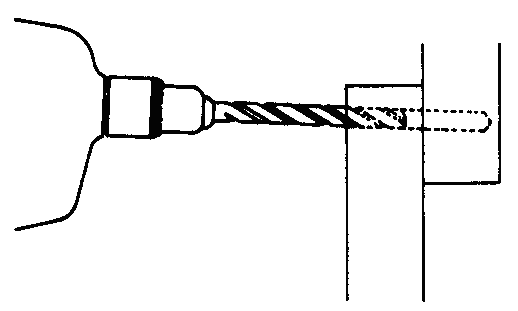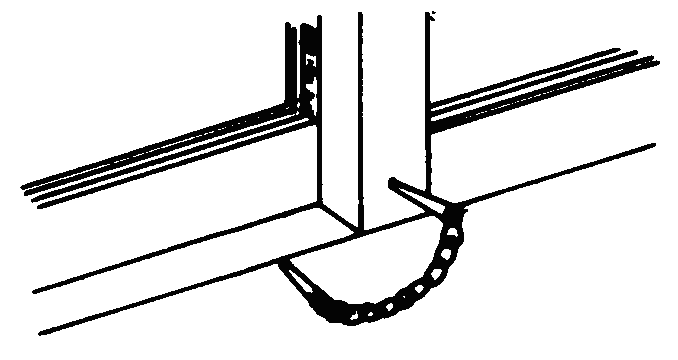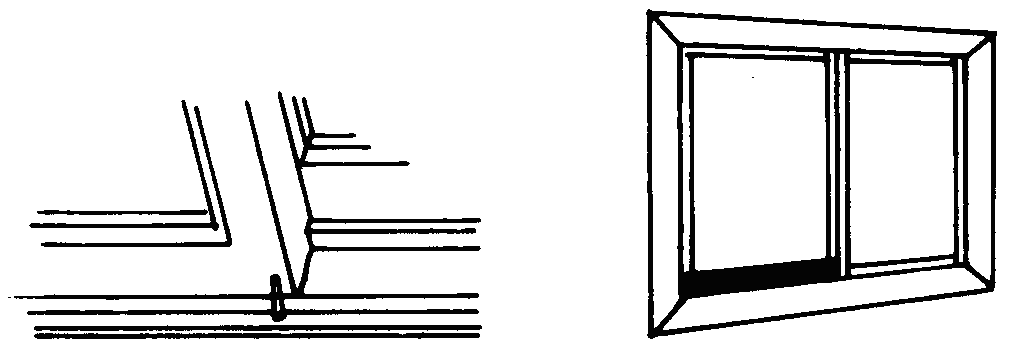One of the most accessible routes into your home is through the window. Keeping your windows locked and secure will prevent unauthorized entry to your home. Below are some key points to remember when securing your windows.
- For double-hung windows without special locks, use a pin to make them harder to pry open. Drill a downward sloping hole through the top of the bottom window frame and into (but not through) the bottom of the top frame. To secure the window, insert a pin or nail into this hole.
- Double-hung windows usually have latches; these are NOT locks and keep windows closed against the weather.
- Casement type windows, if not of the best quality, are difficult to secure. If the window is not equipped with a sturdy lock that will resist prying, it is best to install bars or a grill on the inside of the window. Ensure that bars are easy to remove from the inside in case of fire.
- Crank-open and awning type windows do not offer good security because individual panes can be pried or removed. Consider installing metal bars or grills on the inside of this type of window or replace it with a more secure type.
- If the window is in a bedroom that does not have an exterior door, any security bars on the window must be open able from the inside without the use of any tools or special knowledge.
- Clip bushes, shrubs, and trees around windows. Covered or hidden windows offer intruders an ideal work location
Window Security
Any window that is not to be used as a fire exit can simply be secured by nailing or screwing it permanently closed or adding security bars.

Vertical sliding (double hung) or horizontally sliding windows can be secured with a nail, metal pin or specially designed lock.


Windows with keyless latches, such as casement and awning windows can be secured by simply replacing the keyless latch with a keyed latch or keyed slide bolt. An alternative to fixing a keyless latch is to simply drill a hole through the latch and inserting a removable pin.
Sash less or semi-sashed windows can be blocked closed with a piece of wood fit snugly into the bottom track to prevent sliding and a small screw drilled into the top track to prevent it from being lifted.

Fixed picture windows, vision panels (including small paned) and skylights are not designed to be opened, providing good security. Most thieves have no interest in breaking these windows as they take time and cause too much noise.
Basement windows can be secured by using grillwork, guards and bar mechanisms, which can be installed with one way screws, pins or padlocks. Ensure that at least one window can be opened for possible escape and that all basement windows in bedroom areas are operable for safety reasons. Another method of adding security to the glazing (glass area) of a window is to apply a shatter resistant film which strengthens the glass area should it be attacked.
Glass areas can also be covered or even replaced with Lucite (high impact acrylic sheeting) which can survive attack without being broken unless very extreme force is used which will usually take too much time and cause too much noise.